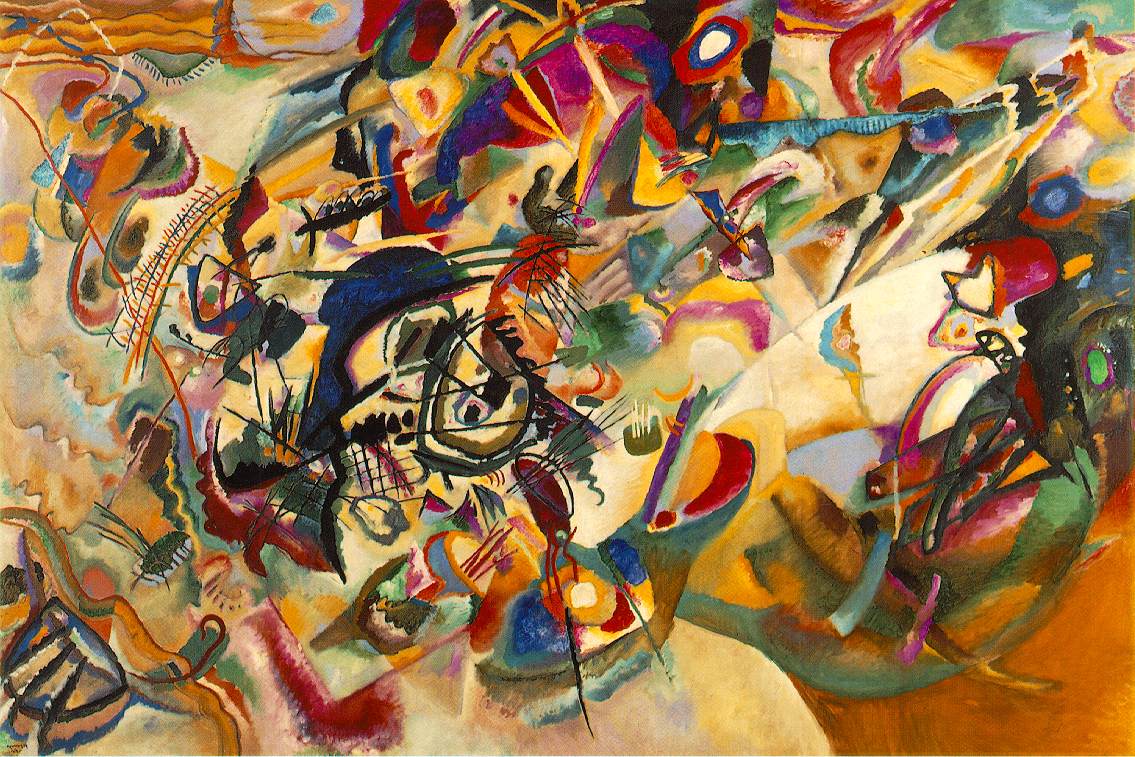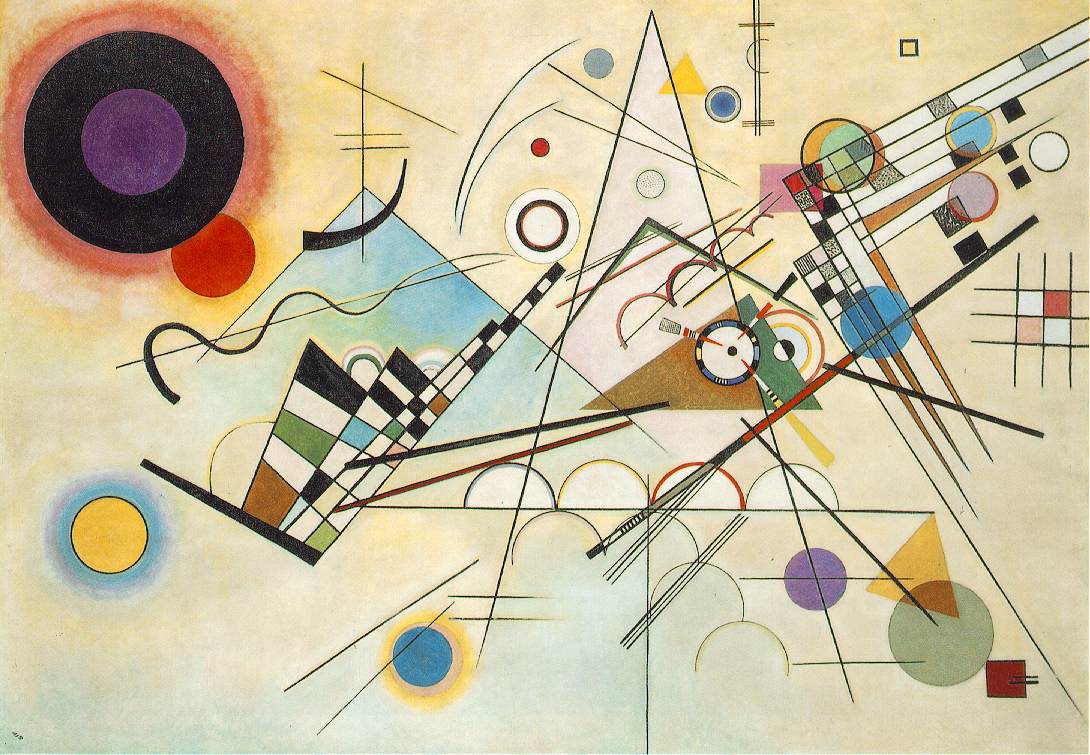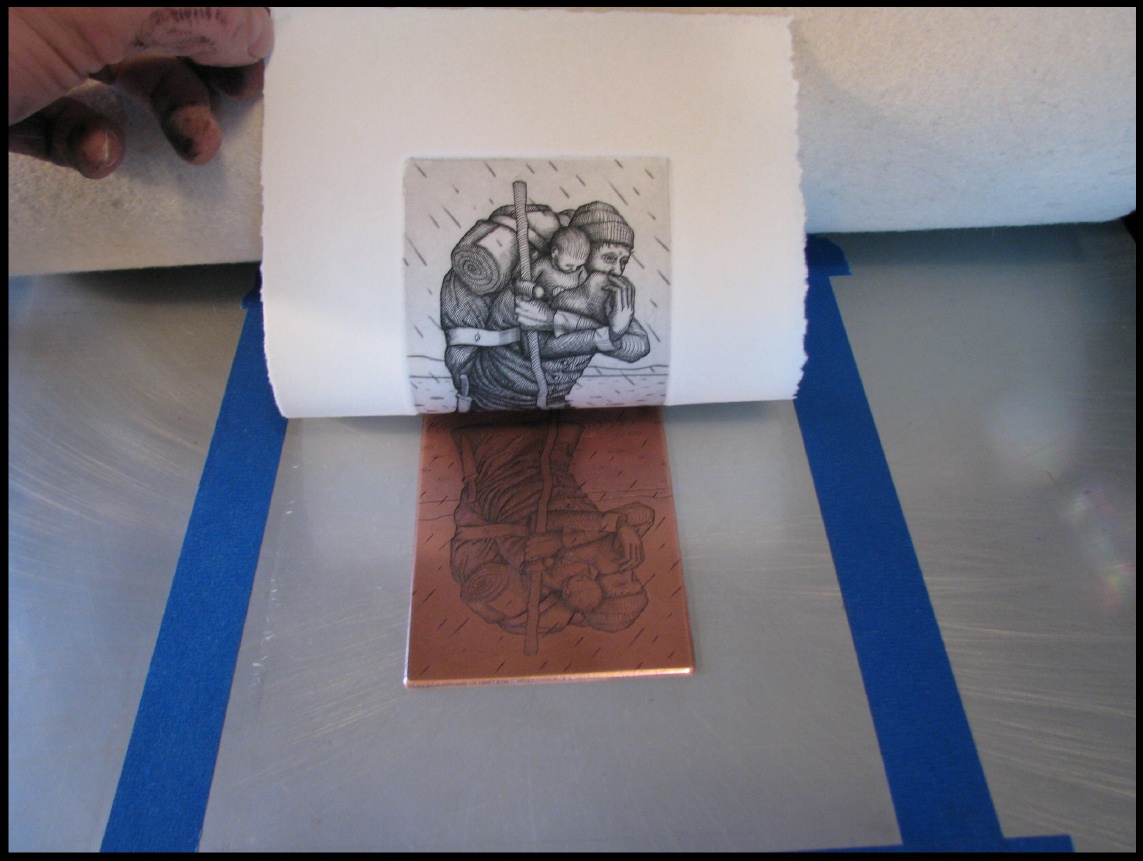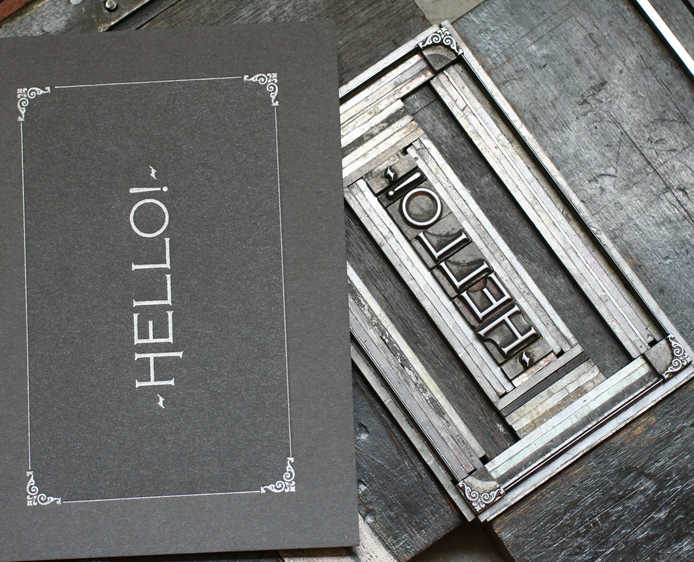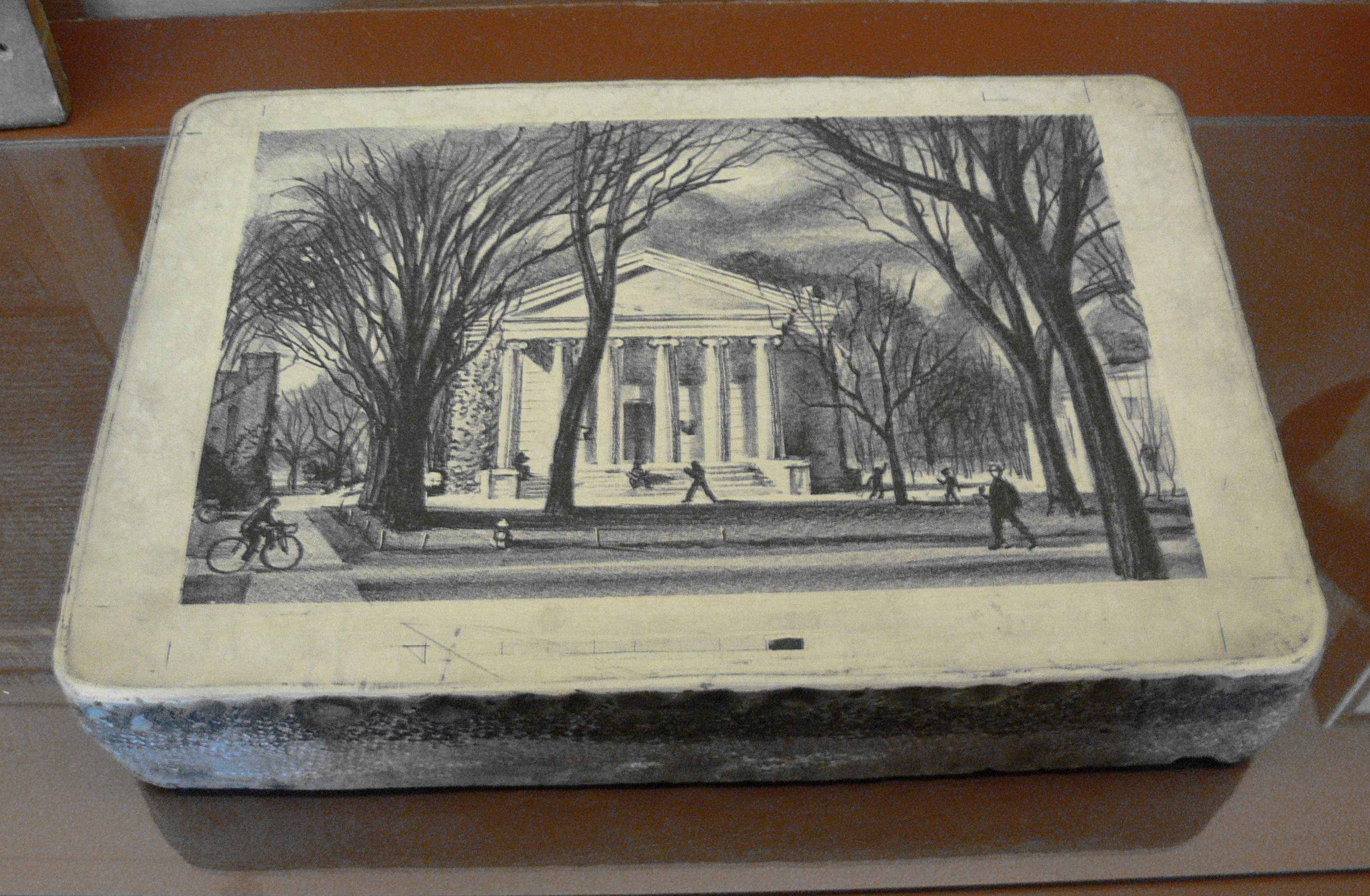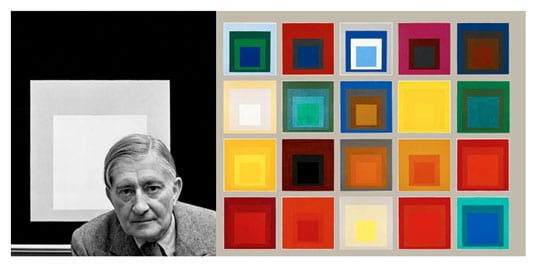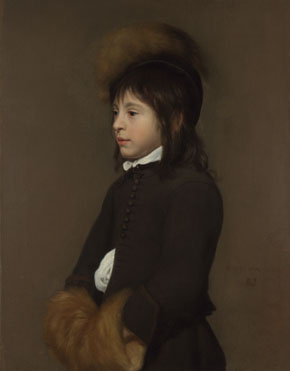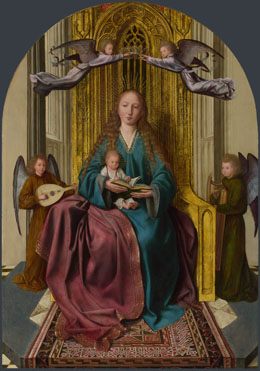Printing Evaluation
In our new
project, we were asked to create a sequence of different techniques of screen
printing. In the first week of the project, I was showed how to create the printing
style called sponge print. The process of making this print style, included two
A4 sheets of plain paper, which I created motifs out of, by ripping the paper,
and placing it onto the A4 paper, applying acrylic paint using the sponge, to
make an imprint of the motif.
After applying
the sponge onto the acrylic paint of choice, creating any colour scheme or
pattern. What I liked about the style, was how simple and creative it was. Being
able to create an artwork, simply and effectively is harder, but to be able to
create something that is both simple and artistic, is quite interesting. As
loads of people find it hard to create an artwork, as they have the belief that
they can’t draw, it makes it extremely difficult for them to construct a
creative artwork, especially prints. I was very pleased with all my outcomes,
as to each outcome was quite interesting and unique from the others.
On the
second week, I created mono prints created by using different inks, on plain
paper sheets, and using paper to create the motifs for the print designs, kind
of similar to sponge printing, but using different media. It was not difficult to
create this printing style. It was not very difficult to create this
printmaking style. The only difficulties I had during the process of the
printmaking was taking paper from the ink and also creating the shapes I wanted
within the paper. Overall this was not one of my best outcomes, and printmaking
styles, but some of my outcomes were quite different, so they were quite interesting
to look at because of the design.
Moreover, I constructed
a lino print, of a bomb with the Logo of the bank of china imprinted on it. The
way in which the print was created, was to produce a surface relief printing
medium, using the cutting blades of lino to carve my design into the lino. Afterwards,
I applied printing ink onto the lino, by putting a small amount, of paint on a transparent
pallet, using roller to roll the paint thin and applying it onto the lino. A paper
was placed onto the inked surface, rubbing the back gently, to make an imprint
of the design.
I was able
to generate a variety of outcomes of the lino print design, by changing the
colours within the prints, by printing onto coloured and plain papers, as well
as newspapers and fabric. This enabled me to create different textures of the prints
that I mounted onto A1 paper.
I was very
pleased with these outcomes as they came out to a great standard, even though I
made a couple mistakes. I still made use of these mistakes and included them
within my design to show my improvements throughout my prints. One of the outcomes
that I enjoyed was my two final prints working in stencils. It was inspired by
the Bauhaus movement and the logo of bank of china which was the requirement of
the whole project, to create a final print that could be used by the bank of
china for their new logo design and it had to include inspiration from the Bauhaus
movement.
My final
prints were constructed using printing technique called stencil. I very much
enjoyed this technique as it was quite simple for me to construct an outcome
using this technique and it made it easy to create my outcomes as it was not
complicated to draw out the design. Although there was one complication of the technique,
as I had to be careful on what I choose to cut out, as making one small cut
would lead to the design falling apart or not make sense when printed.
In my opinion, I believe my prints were successful
because, they reached the aim of the assignment brief, by creating an outcome
that showed a clear link, to both the Bauhaus movement and bank of china. If I was
to given the chance to do this project again, I would incorporate more details
within my print design

